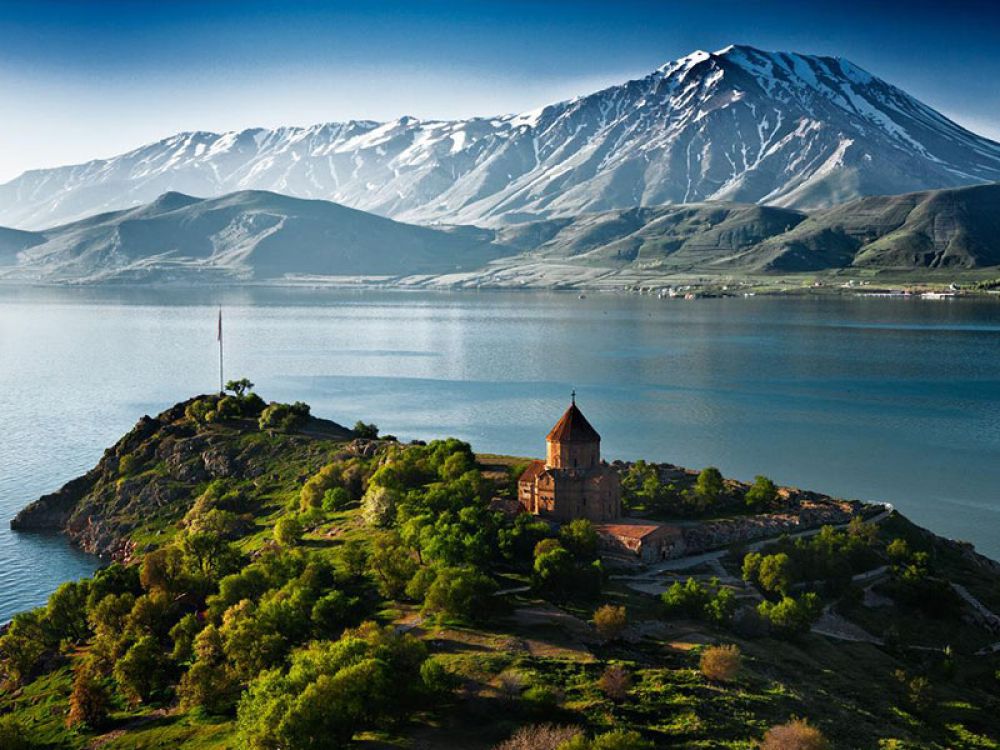

Lake Sevan, known as the emerald of Armenia, is one of the largest high-altitude freshwater lakes in the world. Located in the heart of the Armenian Highland, it sits at an altitude of around 1,900 meters (over 6,200 feet) above sea level. This majestic lake, with its clear blue waters and surrounding mountainous landscape, has been a popular spot for both local and foreign visitors for decades.
The history of Lake Seven as a tourism destination dates back to Soviet times when it was developed as a vacation retreat. During this period, numerous resorts, hotels, and recreational facilities were built along its shoreline, catering to the Soviet elite as well as the general public. The lake's striking beauty, combined with the health benefits attributed to its fresh air and water, made it a well-loved destination for relaxation and leisure.
In recent years, Lake Sevan has seen a resurgence in its tourism significance. The Armenian government and private investors have placed emphasis on modernizing facilities and developing sustainable tourism practices to enhance the visitor experience while preserving the natural environment.
Lake Sevan is popular for a variety of activities, including swimming, sailing, and windsurfing, thanks to its expansive size and favorable winds. The lake's richness in trout, namely the endemic Sevan trout or "ishkhan", makes it an excellent destination for fishing enthusiasts.
Adjacent to the waterfront, the Sevanavank Monastery, which dates back to the 9th century, offers a glimpse into Armenia's rich cultural and religious heritage, making it a must-visit for history buffs and spiritual seekers alike. This area is not only a testament to Armenia's historical architecture but also provides breathtaking panoramic views of the lake.
Today, the area around Lake Sevan is experiencing a transformation with the introduction of eco-friendly and sustainable tourism practices. There's a growing trend toward the establishment of green accommodations, such as eco-lodges and campsites, which aim to cater to the environmentally conscious traveler.
Moreover, the development of adventure tourism, including hiking, mountain biking, and paragliding, has made the lake's vicinity a playground for adventure seekers. Local businesses now offer equipment rentals and guided tours, allowing visitors to fully immerse themselves in the natural splendor of the region.
Another emerging trend is the creation of cultural festivals and events that celebrate Armenian traditions, music, and cuisine. These events provide a boost to the local economy and offer tourists a rich cultural experience.
To conclude, Lake Sevan remains one of Armenia's top tourist destinations, attracting visitors with its unique combination of natural beauty, cultural significance, and a commitment to sustainable tourism. As the country continues to open up and improve its tourism infrastructure, Lake Sevan is poised to become an even more prominent feature on the global tourism map.